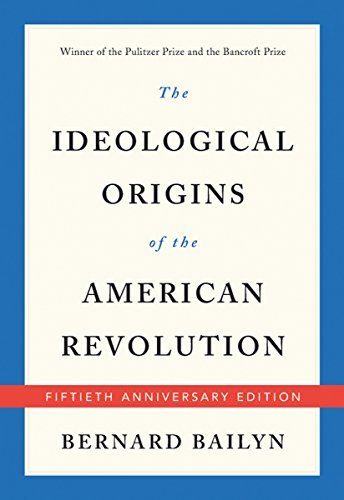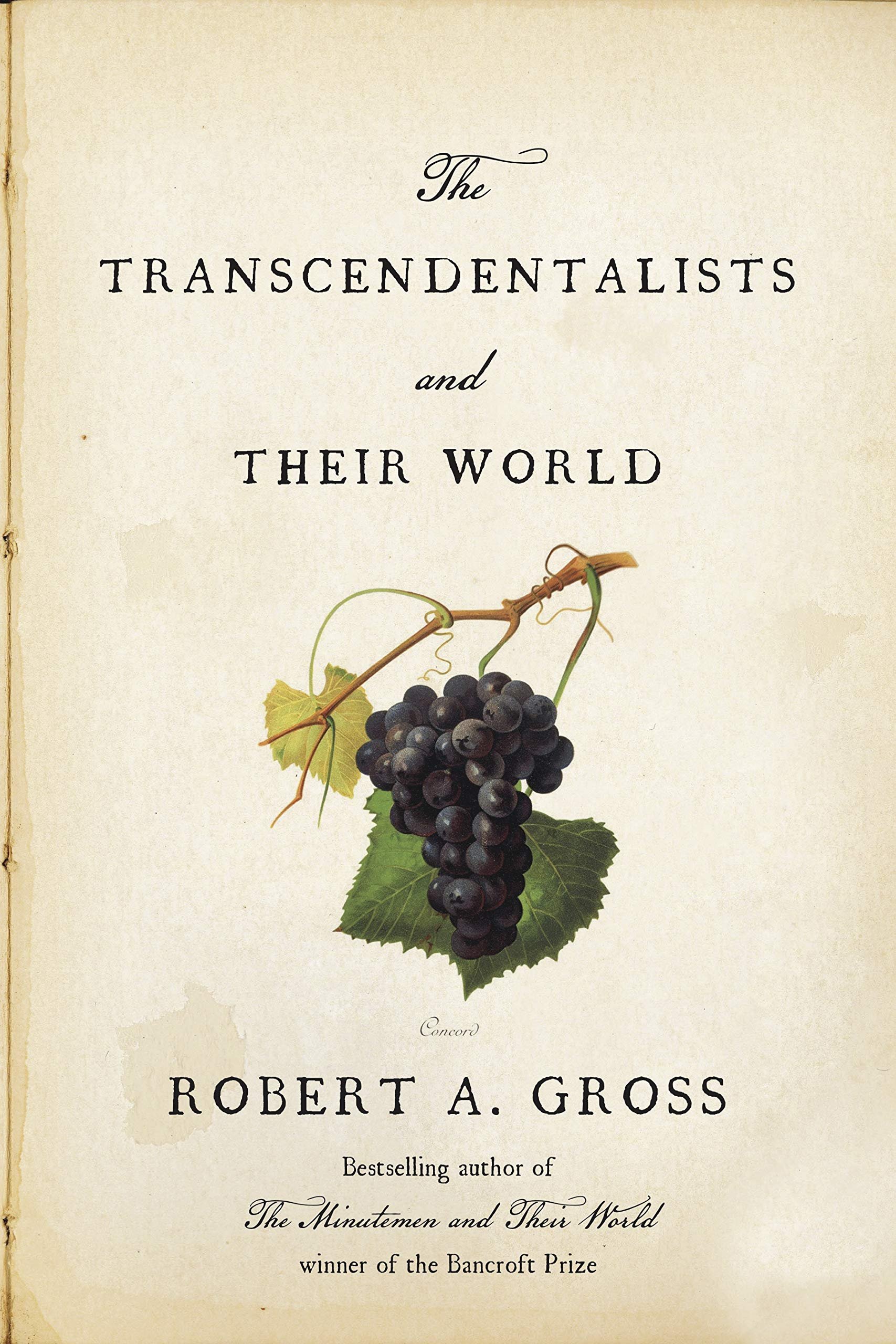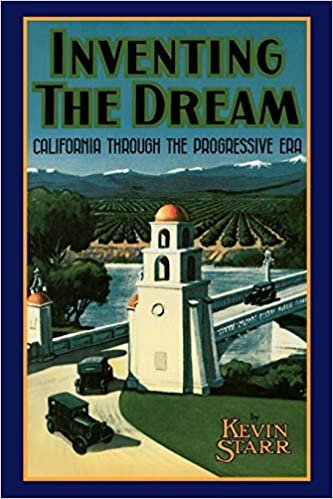Street Address
San Francisco, California
415.993.1333
innermost house
▪ INNERMOST HOUSE® ▪
A DEEPER HOME
I feel a new heart beating with the love of the new beauty. I am ready to die out of nature,
Ralph Waldo Emerson, “Experience”
THE AMERICAN WISDOM PROJECT
Is there a compelling tradition of wisdom in American life? The prophetic call to inwardness and conscience that emanated from Walden in the 19th century would echo at last off the final frontier of the Far West in California. There the wisdom tradition that had its origins in the encounter between Old World civilization and New World Native cultures would go to earth in a new epoch of repentance and the ideal of wilderness. In this Part III, we examine the environmental wisdom of the early 20th century American West by focusing on the preservationist and artistic ideals pioneered in Yosemite Valley and Carmel, California.
Plain Living and High Thinking in American Culture
What is Called High Thinking?
The Ideal of the Gentleman and the Wisdom Tradition
In Vino Veritas: Wine Culture and the Wisdom Tradition
The World in a Bowl of Tea: Tea Culture and the Wisdom Tradition
The Three Teachings and the Wisdom Tradition
Many courses also include co-instructors representing special fields of knowledge and experience, ranging from naturalists, farmers, craftsmen, and Native American Indian Peoples; to scholars of history, literature, and philosophy; to practicing architects, artists, and experimental archaeologists. All classes strive for a balance between specialized expertise and a broad, humane learning.
“The only gift is a portion of thyself.”
We express our abiding gratitude to all our generous colleagues for their voluntary contributions of time, experience, knowledge, resource, and wisdom:
IMAGES
AHEflin: Blue Ridge Mountains, Sunset from Blue Ridge Parkway, North Carolina, Adobe Stock 130951012
Den Belitsky: Autumn Forest Ancient Tree, Adobe Stock 125285680
QUOTATIONS
”I feel a new heart beating. . .” Ralph Waldo Emerson, “Experience”
”in the beginning. . .” John Locke, Second Treatise on Civil Government
”The only gift is a portion. . .” Ralph Waldo Emerson, “Gifts”










